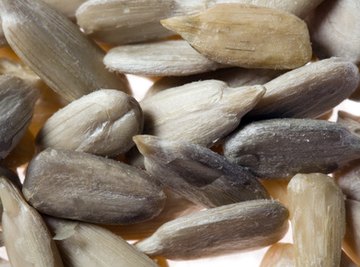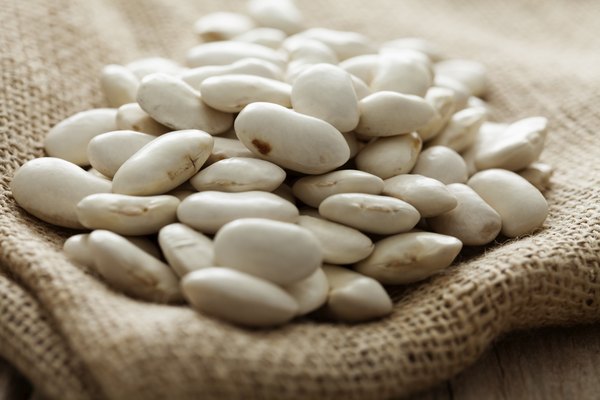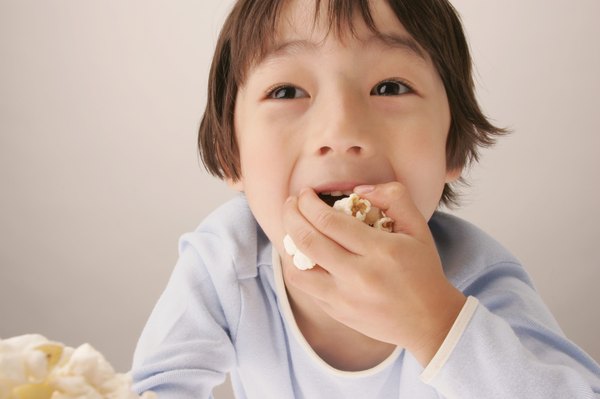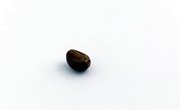
Seeds are the beginnings of a new plant, with the sole purpose of reproducing.They lie dormant until they receive the things they need to grow, such as adequate soil, water and sunlight. This process is called germination. All seeds are different and require different conditions to germinate and grow properly. Despite being different, most seeds have three main parts in common; the seed coat, endosperm and embryo.
Seed Coat

Seeds have a thick or thin seed coat. Seed coats are used to protect the internal parts of the seed. This coat is what you see and feel when you hold a seed. The thicker seed coat keeps out water and sunlight. Seeds with thick coats are generally meant to be swallowed, digested and passed through the feces of animals. This process weakens the thick seed coat to allow for easy germination along with providing natural fertilizer for the seed. A thin seed coat is easily germinated because water and light can penetrate it easily. A hands-on project to learn about seed coats is to soak a lima bean in water overnight. The seed coat should now slip off the lima bean with a gentle pull. View the seed coat under a microscope.
Endosperm

The endosperm provides the embryo of the seed with nutrients, usually in the form of starch and proteins. These nutrients allow the seed to remain viable while it waits to be germinated. The endosperm is located right underneath the seed coat and completely surrounds the embryo in most seeds. A great way for elementary kids to learn about the endosperm is to eat it. Foods like popcorn, shredded coconut and white rice are all endosperms. Two-thirds of all human calories come from endosperms.
Embryo

The embryo is the central station and most important part of a seed. Within the embryo consist all the cells needed to develop into a mature plant. The embryo has three main parts; the primary roots, cotyledons, and embryonic leaves. The primary root is the first thing to emerge from the seed during germination. It creates a long anchor root deep in the soil to support the plant. The cotyledon provides nourishment to the various parts of the embryo during germination. It can resemble a tiny leaf in some plants or be fleshy in other plants like beans. It often emerges from the soil with the seedling as it grows. The embryonic leaves are the plant's first leaves to appear above the ground. A kid's science project to learn about the embryo is to split a seed in half to view how the embryo looks on the inside. Plant several of the same type of seed and dissect them during different parts of the growing phase.
References
About the Author
Zee Kay began her writing career in 2005. She is the author of "The No-Sew Dog Sweater Kit" book and writes and develops online recipes. Kay has also appeared in national television commercials. She holds a degree in medical assisting from South College and hopes to pursue an Associate of Arts in early childhood education in the fall.
Photo Credits
Seed image by Ella from Fotolia.com
